I already showed you some pictures from this place -
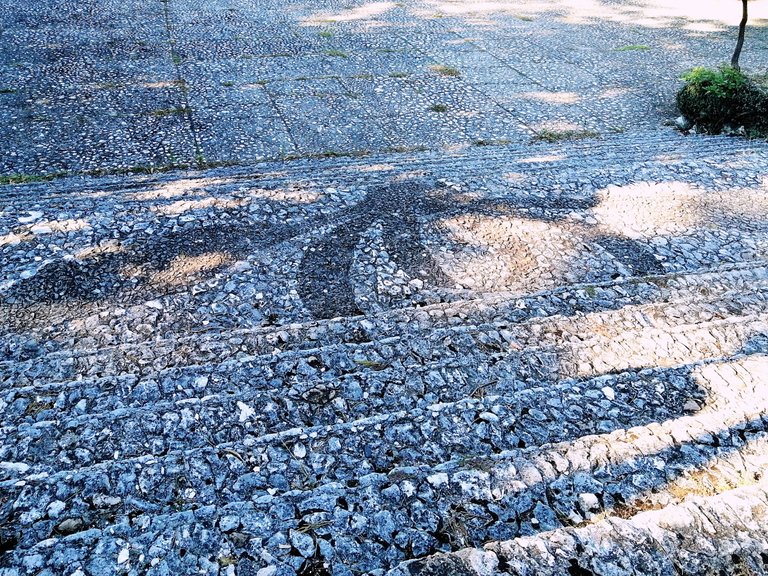
Park Penyo Penev
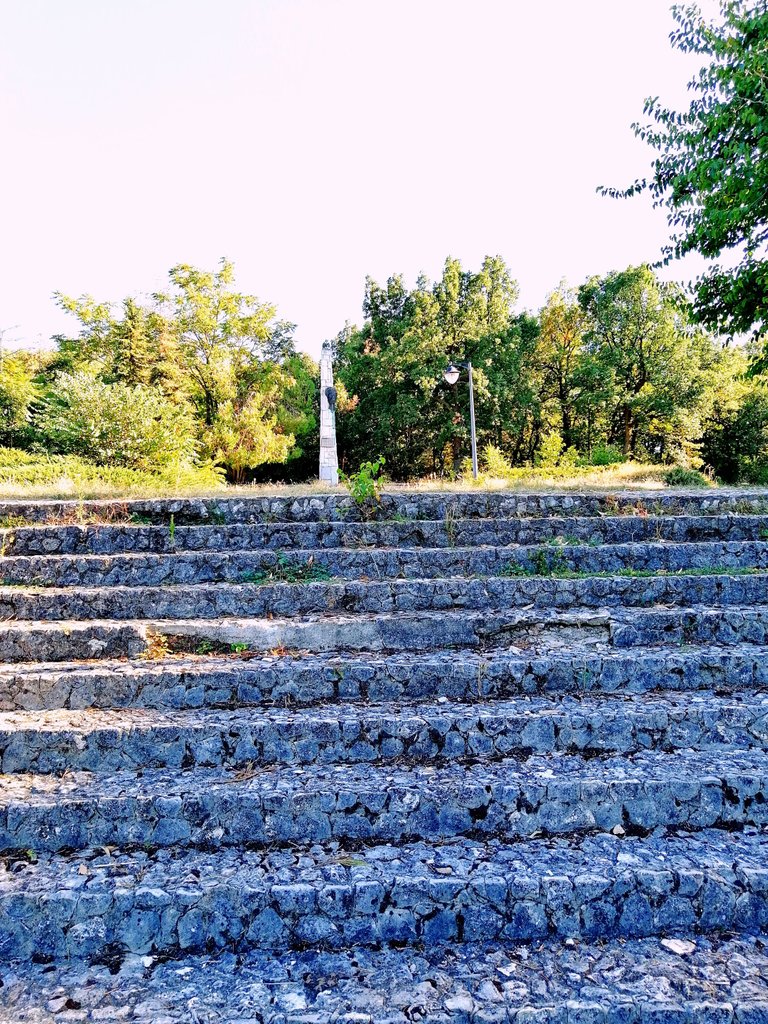
The monument to this great Bulgarian poet, which name this park bears, can be seen in the background.
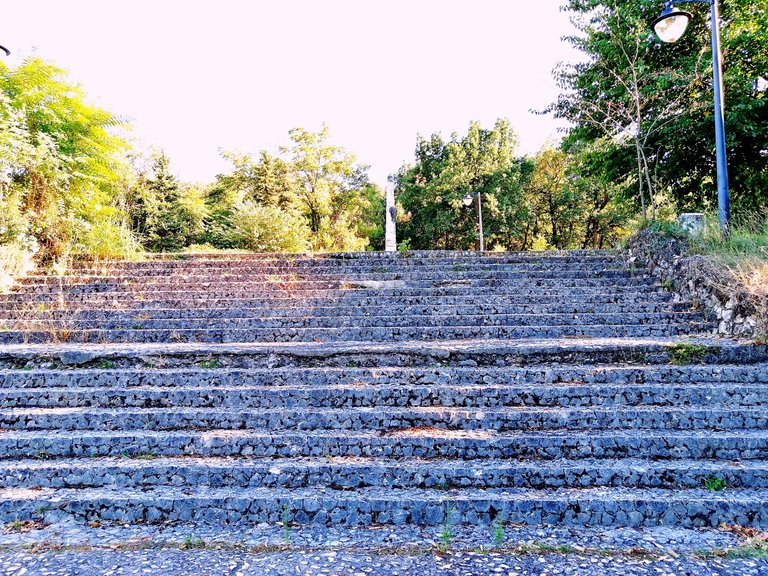
I showed them in a post I might call an "ode to concrete" or more precisely "an ode to the reinforced concrete" 🤭
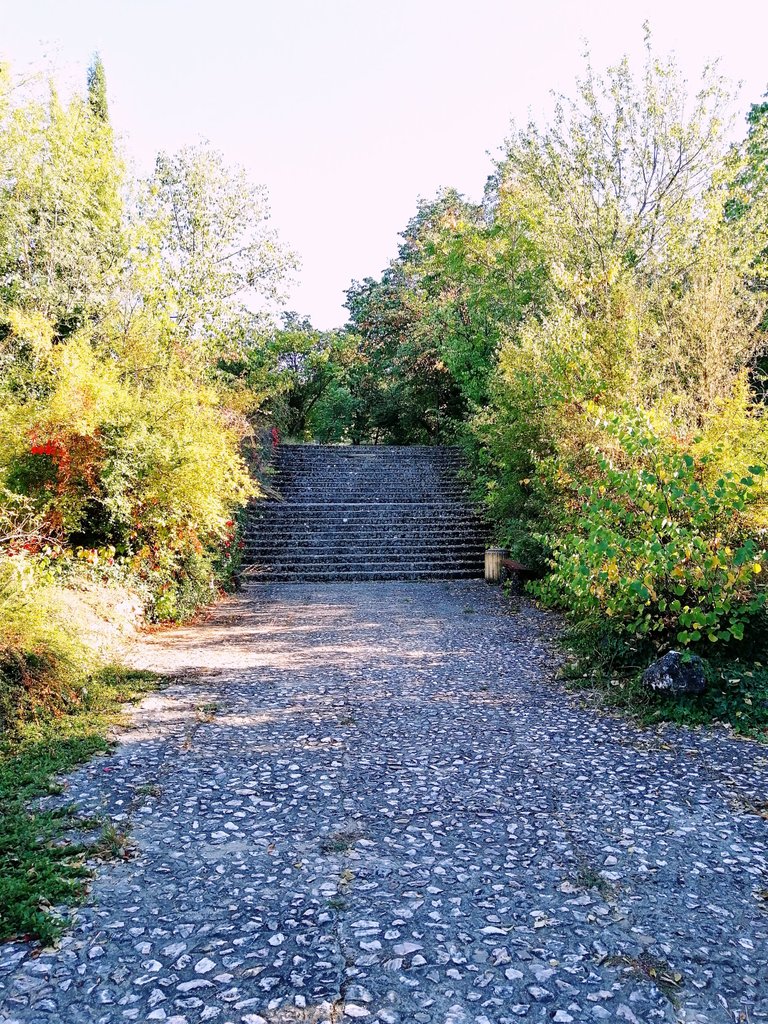
From the scarce information that can be found today about it, I can judge that this area was built and arranged in the 50s of last century. And it had great symbolic significance then.
It is only not entirely clear whether this symbolism was acquired before or after the death of the poet so revered and immortalized here, who died in 1959.
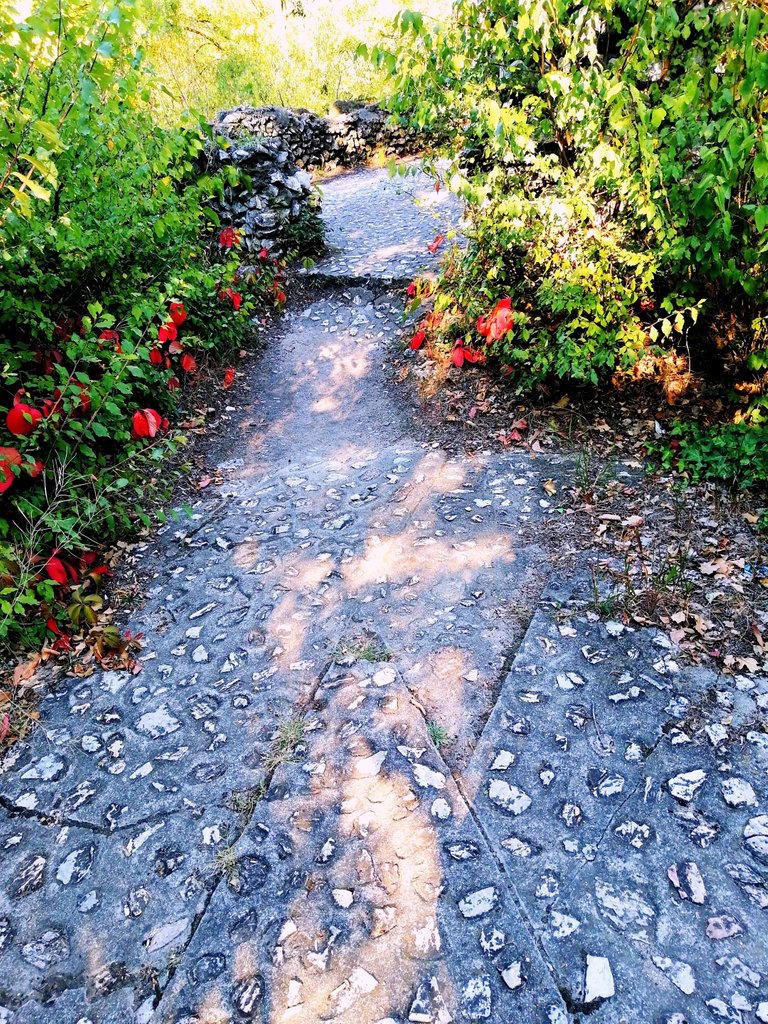
And the other thing that is not clear to me personally, but at the moment I can not find information about it, is whether the park was built on the occasion of the poet's death, after his death, or the fact that his remains were transferred there and a monument was erected in his honor, happened after the park already existed...
One could say that these are some insignificant details that don't matter, but to me that's not the case. Because nothing was accidental during that time and that political regime. And for one man, an ordinary man of the people, to be so immortalized, there was a very important reason for that, i.e. this park was especially important at that time.
This is my research opinion 🤔😊
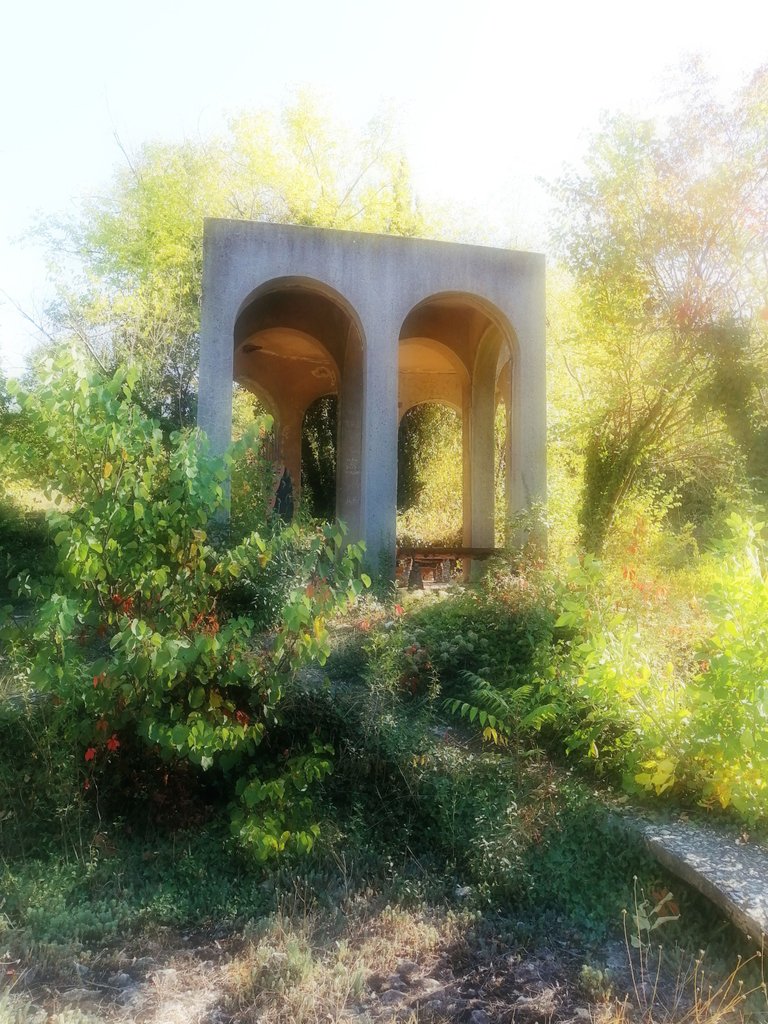
And on top of that importance, I want to show you one building.
There are so many constructions in this park on an area of 350 decares that I will need several posts in which to present its once majestic design, yet now almost completely dilapidated condition.
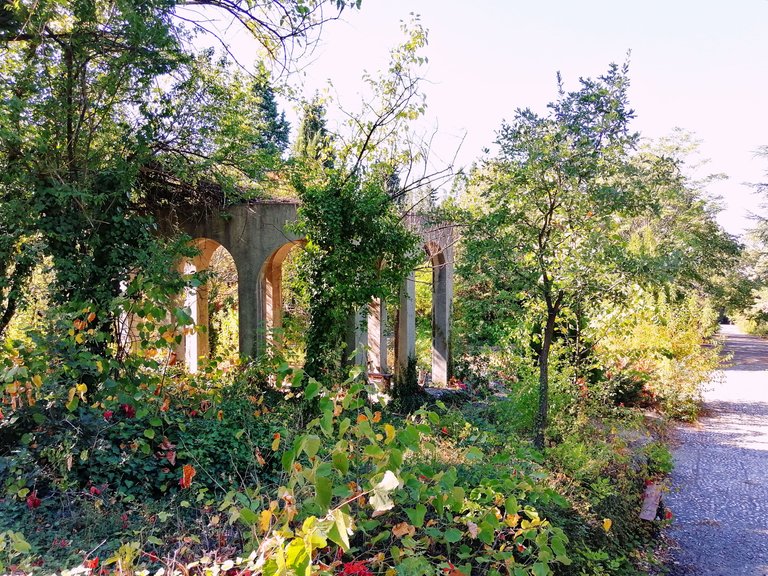
So, my today's post is about this specific building which most likely had its exact and clear symbolic meaning at the time of its construction, unfortunately already lost today.
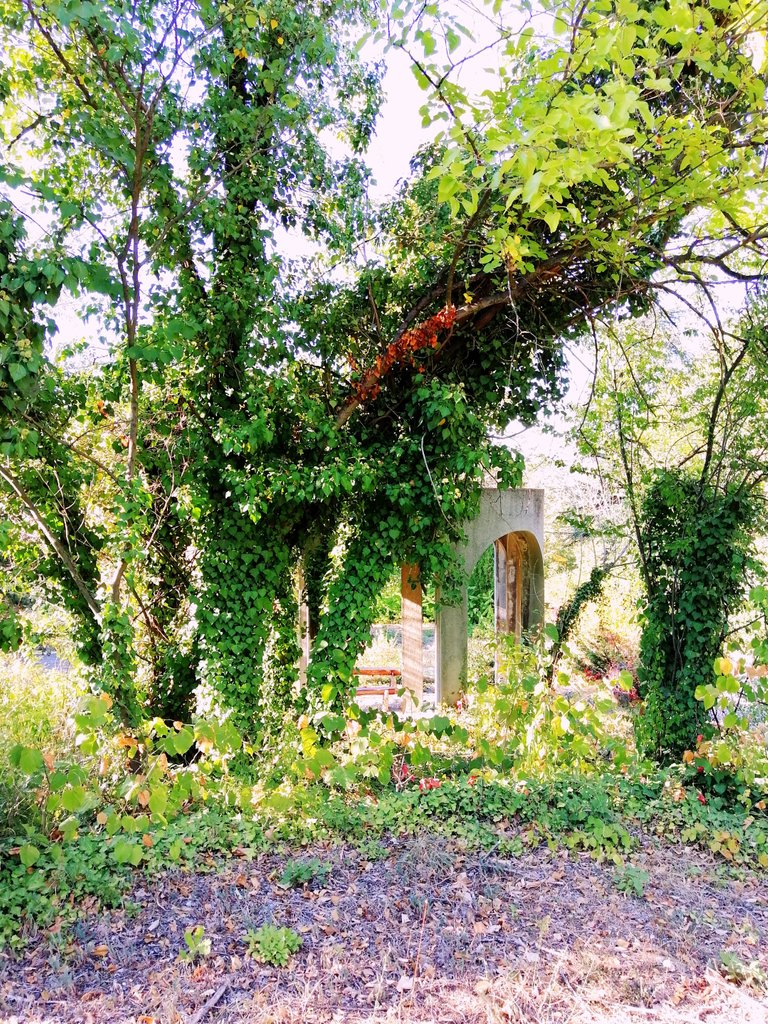
And again, I may need to remind you that I am not a local. I am not aware of many details that the locals are certainly aware of.

Or they are not?
Because maybe you have also come across this phenomenon - the local people are less familiar with their sights and history than their guests - tourists, etc.
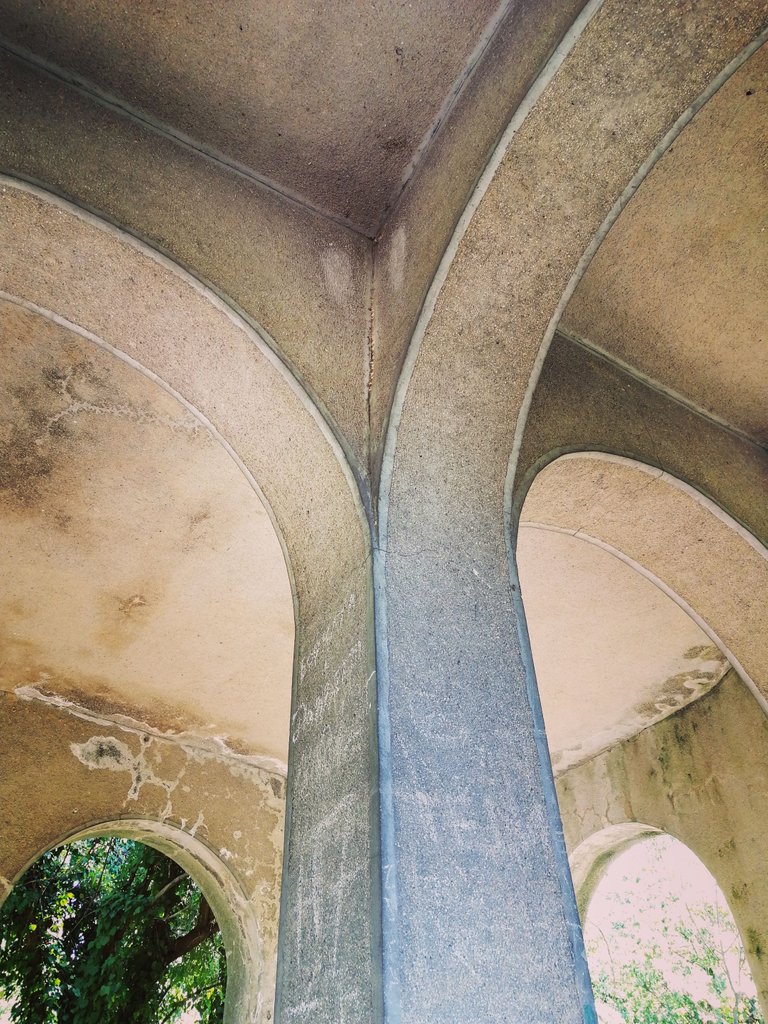
Anyway. I wanted to emphasize the importance of this building before I show it to you. Because I guess some people find it strange that I publish such buildings and similar architecture here.
Yes, I know it doesn't look good. I am aware of that.
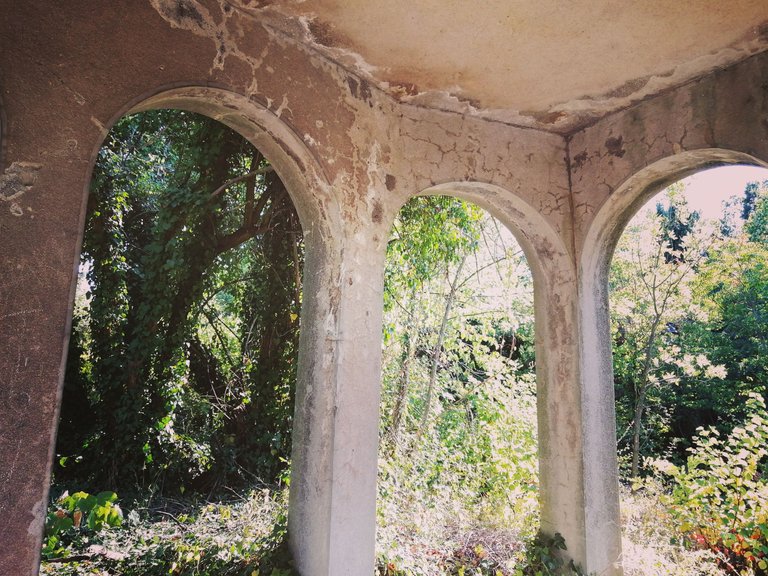
But that's part of our history. And it's also a monument.
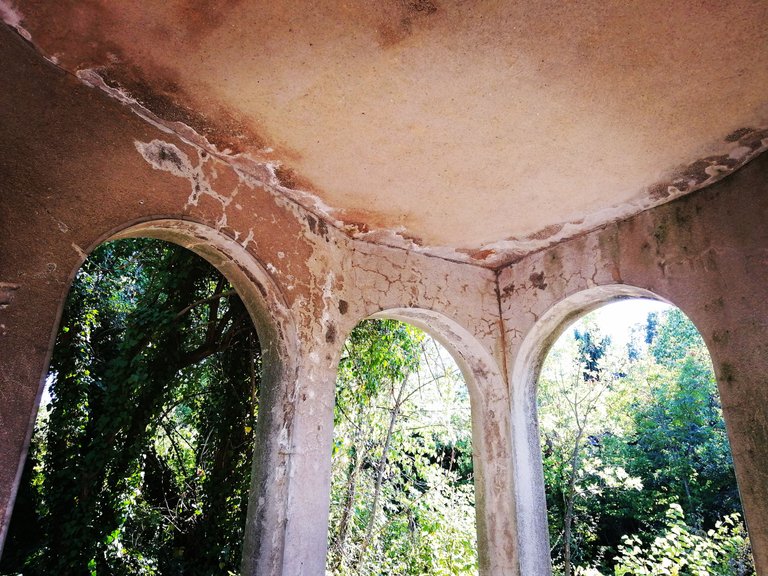
And I'm also aware that one cannot feel and understand one place, if one doesn't visit it.
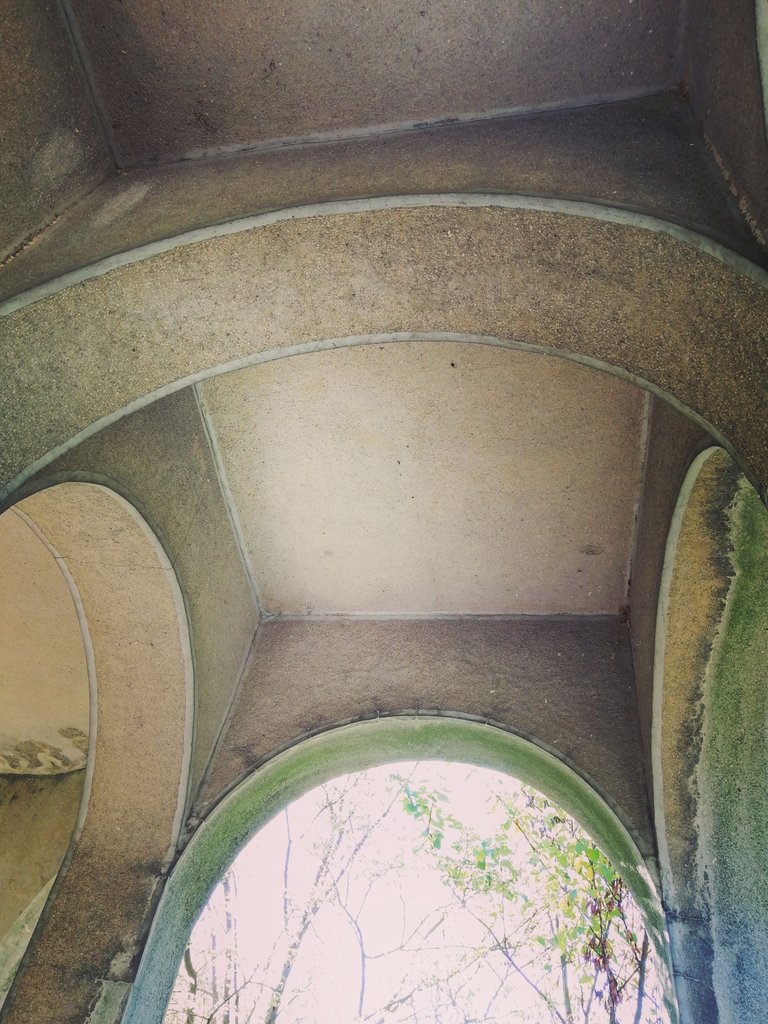
(And now I hear you saying that you don't want to visit such places 🤭)
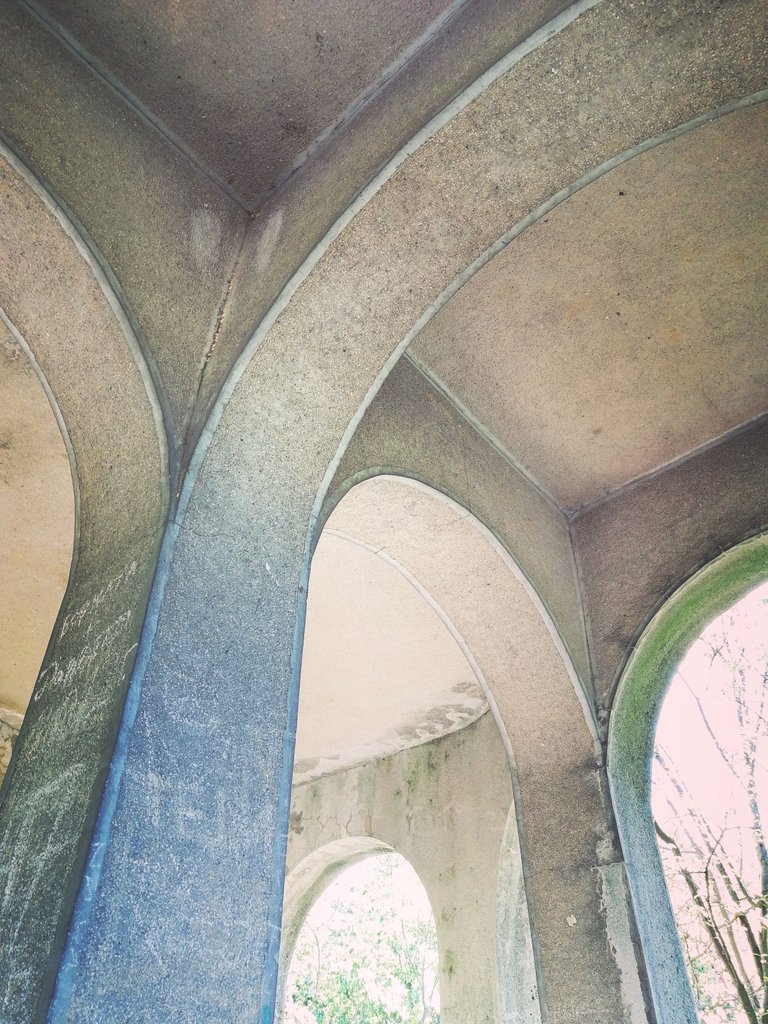
But if you could disregard the state of this place, I would invite you to take a closer look at its construction.
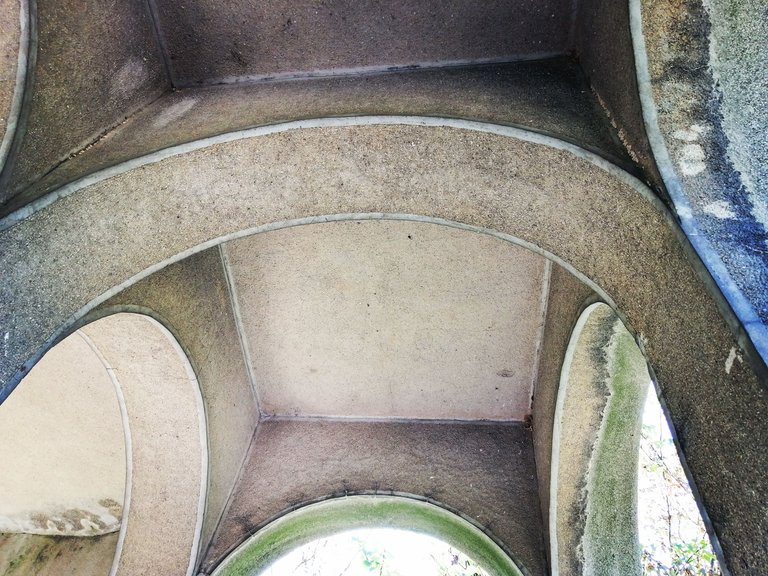
Simple and clean workmanship.
A gazebo? (or probably there is another, more accurate word in English for this construction)
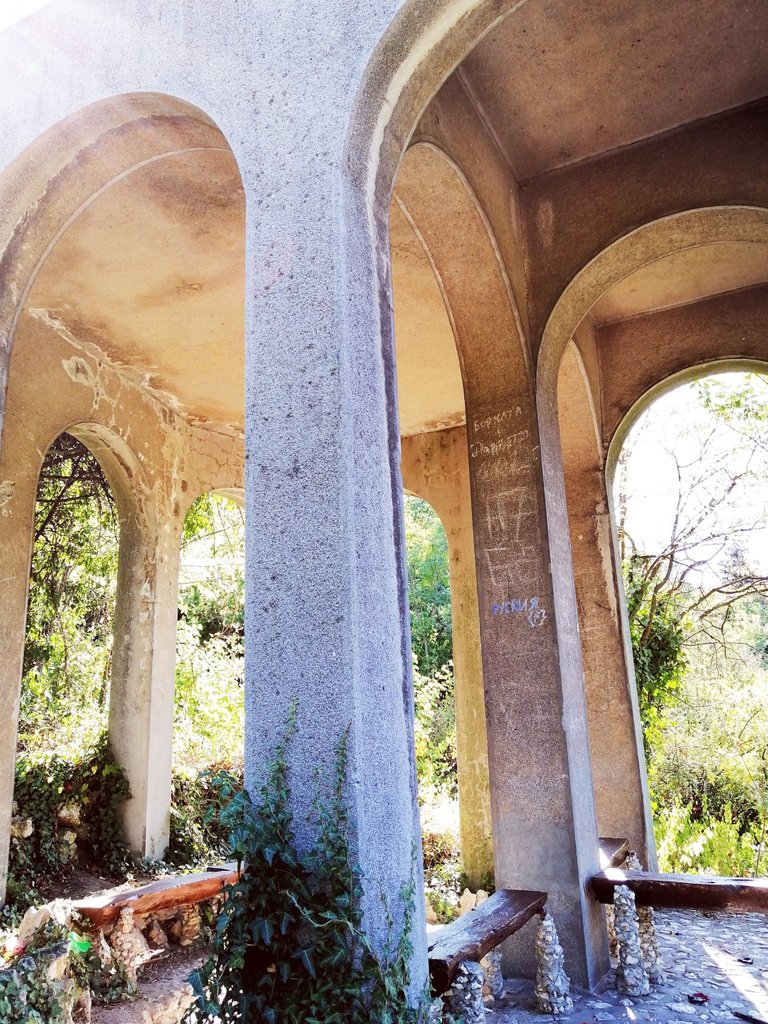
It looks exactly as if it performs the functions and was built as a gazebo.
Probably in the 50s or 60s of the last century.
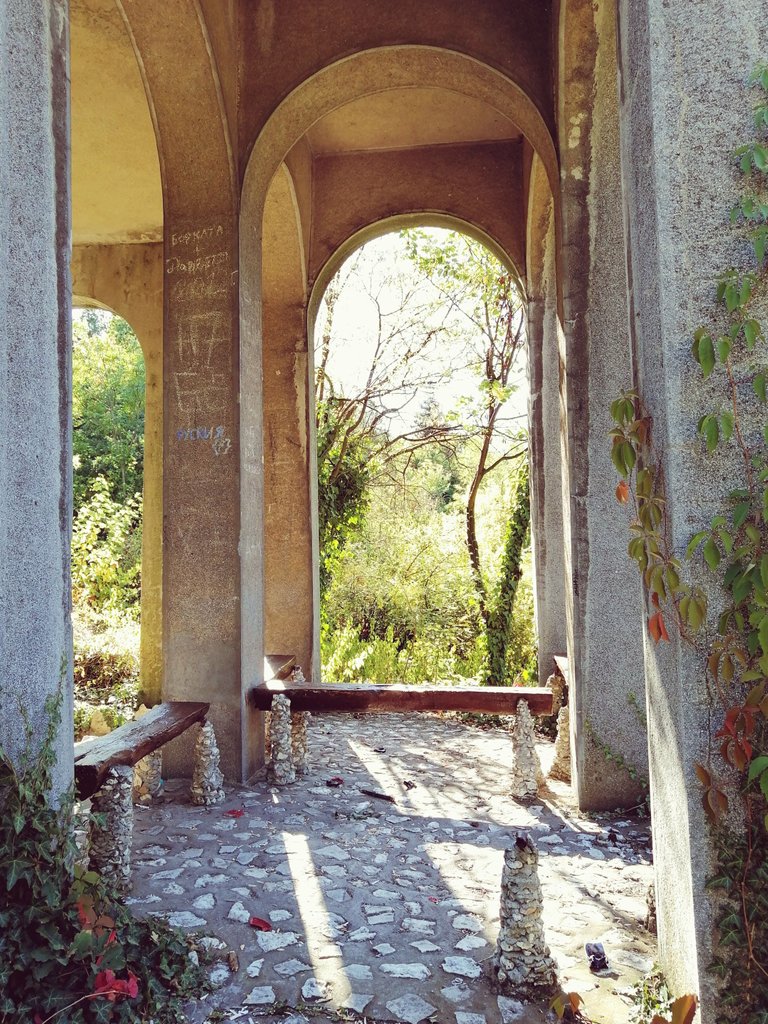
And it is not the architects or the then regime that are actually to blame for its current state. Because then they fulfilled their plan and task well - they built a simple, at the same time impressive gazebo, in which one could sit in the shade on hot summer days (it gets especially hot here in summer).
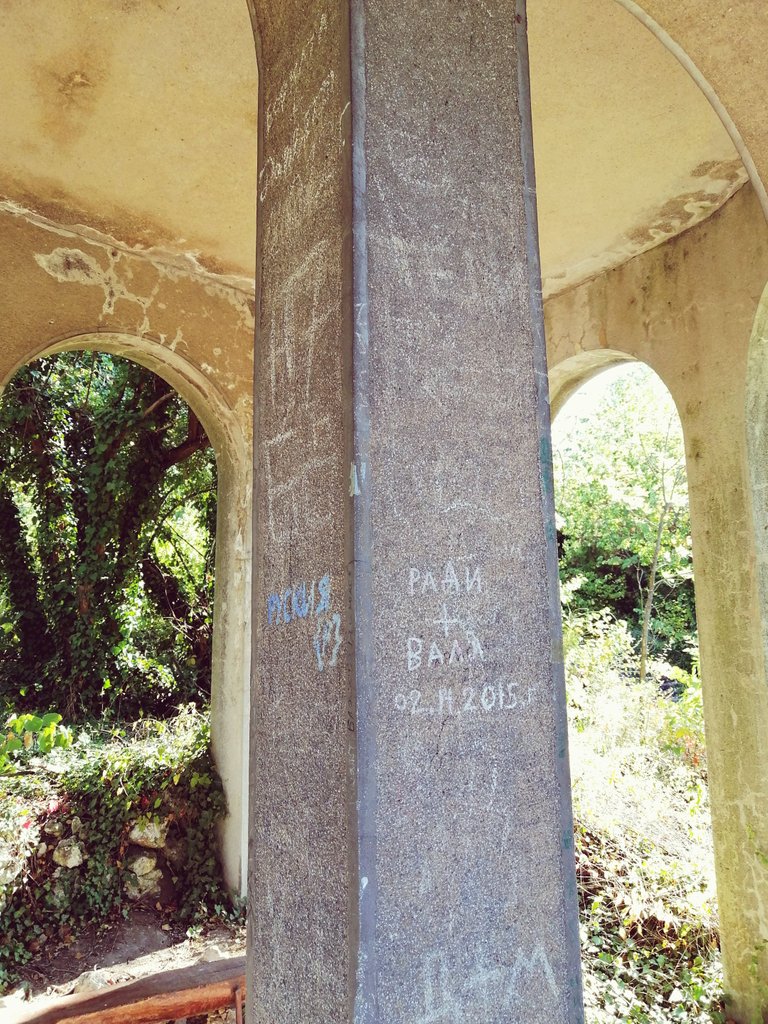
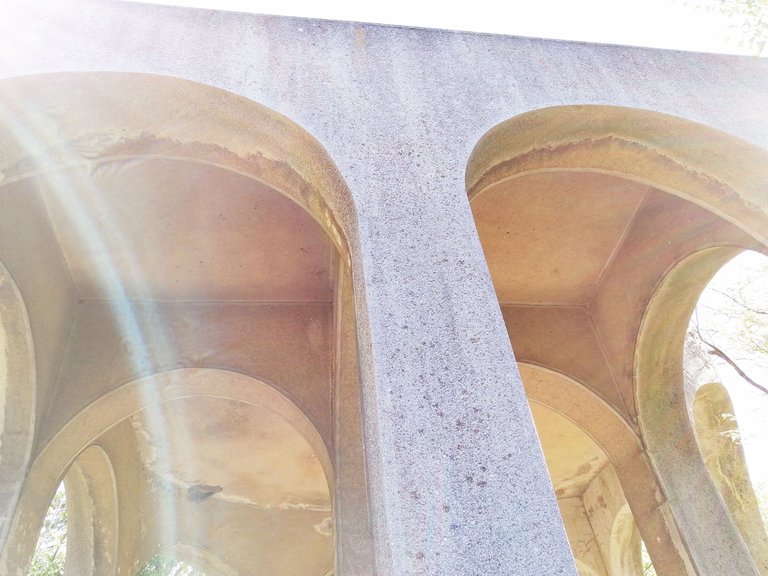
But the people - the visitors and the city government in the end are the ones who are responsible. The first ones - because they do not keep, and the others because they do not renovate.

But I keep saying that this construction is beautiful 🤔
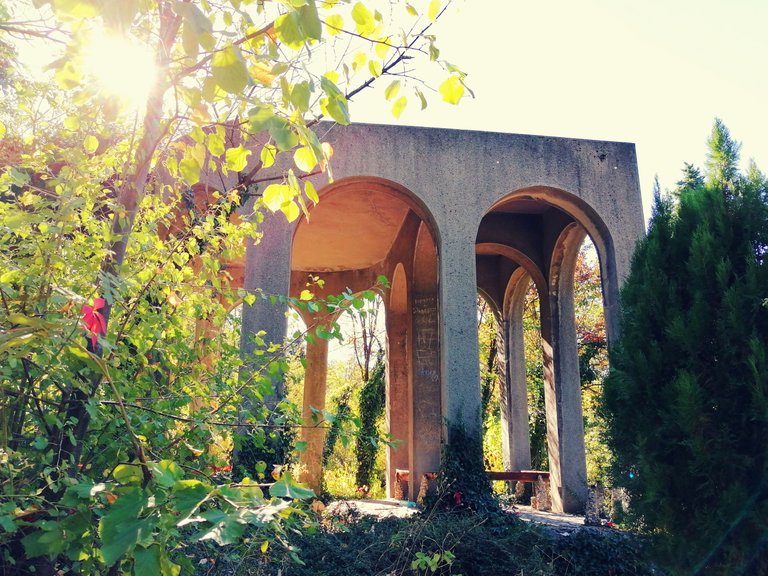
Copyright: @soulsdetour
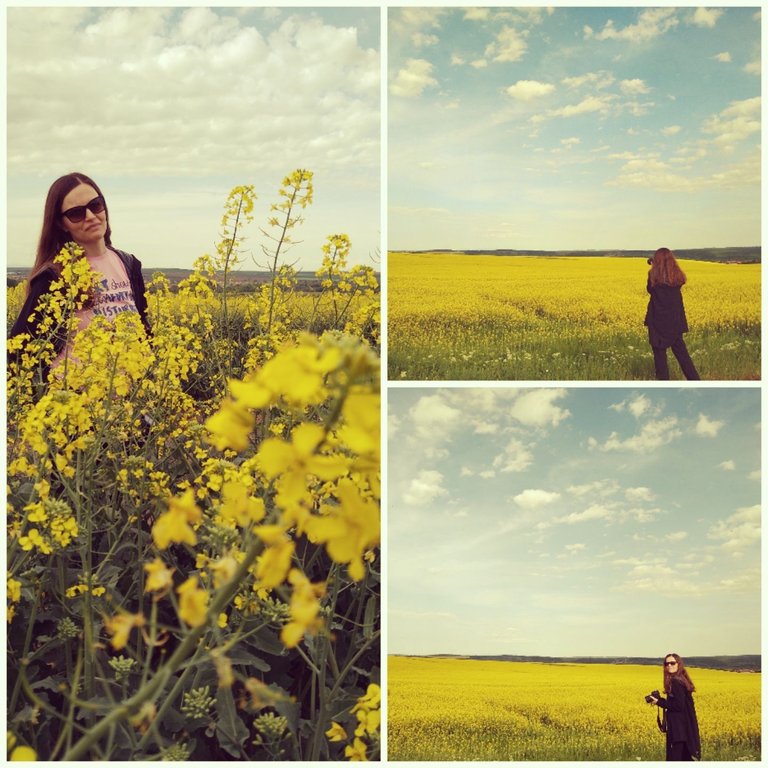 | Soul's Detour is a project started by me years ago when I had a blog about historical and not so popular tourist destinations in Eastern Belgium, West Germany and Luxembourg. Nowadays, this blog no longer exists, but I'm still here - passionate about architecture, art and mysteries and eager to share my discoveries and point of view with you. |


